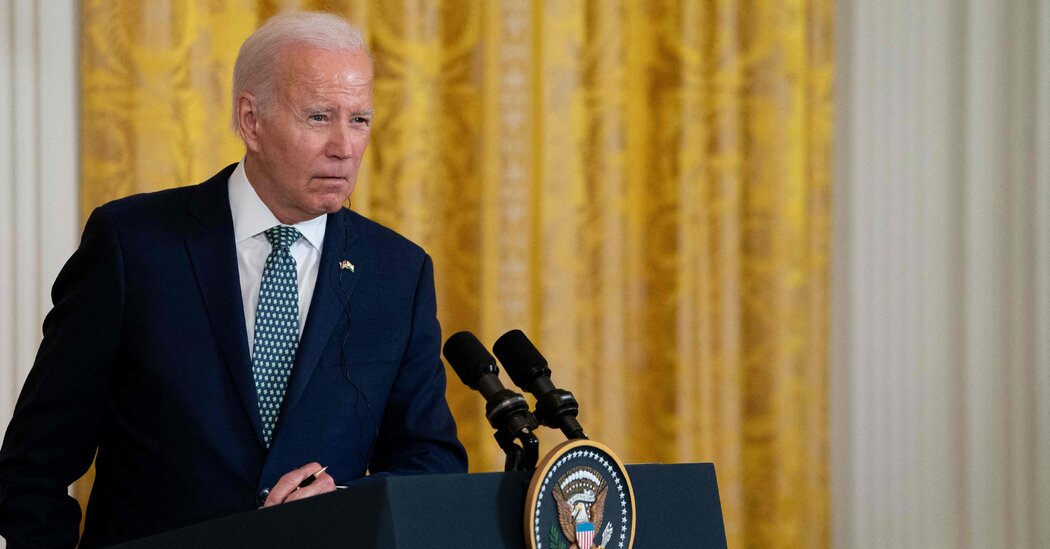A.I. Muddies Israel-Hamas War in Unexpected Way
Far more attention was spent on suspected footage that bore no signs of A.I. tampering, such as video of the director of a bombed hospital in Gaza giving a news conference — called “A.I. generated” by some — which was filmed from different vantage points by multiple sources.
Other examples have been harder to categorize: The Israeli military released a recording of what it described as a wiretapped conversation between two Hamas members, but what some listeners said was spoofed audio (The New York Times, the BBC and CNN reported that they have yet to verify the conversation).
In an attempt to discern truth from A.I., some social media users turned to detection tools, which claim to spot digital manipulation but have proved to be far from reliable. A test by The Times found that image detectors had a spotty track record, sometimes misdiagnosing pictures that were obvious A.I. creations, or labeling real photos as inauthentic.
In the first few days of the war, Mr. Netanyahu shared a series of images on X, claiming they were “horrifying photos of babies murdered and burned” by Hamas. When the conservative commentator Ben Shapiro amplified one of the images on X, he was repeatedly accused of spreading A.I.-generated content.
One post, which garnered more than 21 million views before it was taken down, claimed to have proof that the image of the baby was fake: a screenshot of AI or Not, a detection tool, identifying the image as “generated by AI.” The company later corrected that finding on X, saying that its result was “inconclusive” because the image was compressed and altered to obscure identifying details; the company also said it refined its detector.
“We realized every technology that’s been built has, at one point, been used for evil,” said Anatoly Kvitnitsky, the chief executive of AI or Not, which is based in the San Francisco Bay Area and has six employees. “We came to the conclusion that we are trying to do good, we’re going to keep the service active and do our best to make sure that we are purveyors of the truth. But we did think about that — are we causing more confusion, more chaos?”
AI or Not is working to show users which parts of an image are suspected of being A.I.-generated, Mr. Kvitnitsky said.
Available A.I. detection services could potentially be helpful as part of a larger suite of tools, but are dangerous when treated like the final word on content authenticity, said Henry Ajder, an expert on manipulated and synthetic media.
Deepfake detection tools, he said, “provide a false solution to a much more complex and difficult-to-solve problem.”
Rather than relying on detection services, initiatives like the Coalition for Content Provenance and Authenticity and companies like Google are exploring tactics that would identify the source and history of media files. The solutions are far from perfect — two groups of researchers recently found that existing watermarking technology is easy to remove or evade — but proponents say they could help restore some confidence in the quality of content.
“Proving what’s fake is going to be a pointless endeavor and we’re just going to boil the ocean trying to do it,” said Chester Wisniewski, an executive at the cybersecurity firm Sophos. “It’s never going to work, and we need to just double down on how we can start validating what’s real.”
For now, social media users looking to deceive the public are relying far less on photorealistic A.I. images than on old footage from previous conflicts or disasters, which they falsely portray as the current situation in Gaza, according to Alex Mahadevan, the director of the Poynter media literacy program MediaWise.
“People will believe anything that confirms their beliefs or makes them emotional,” he said. “It doesn’t matter how good it is, or how novel it looks, or anything like that.”


